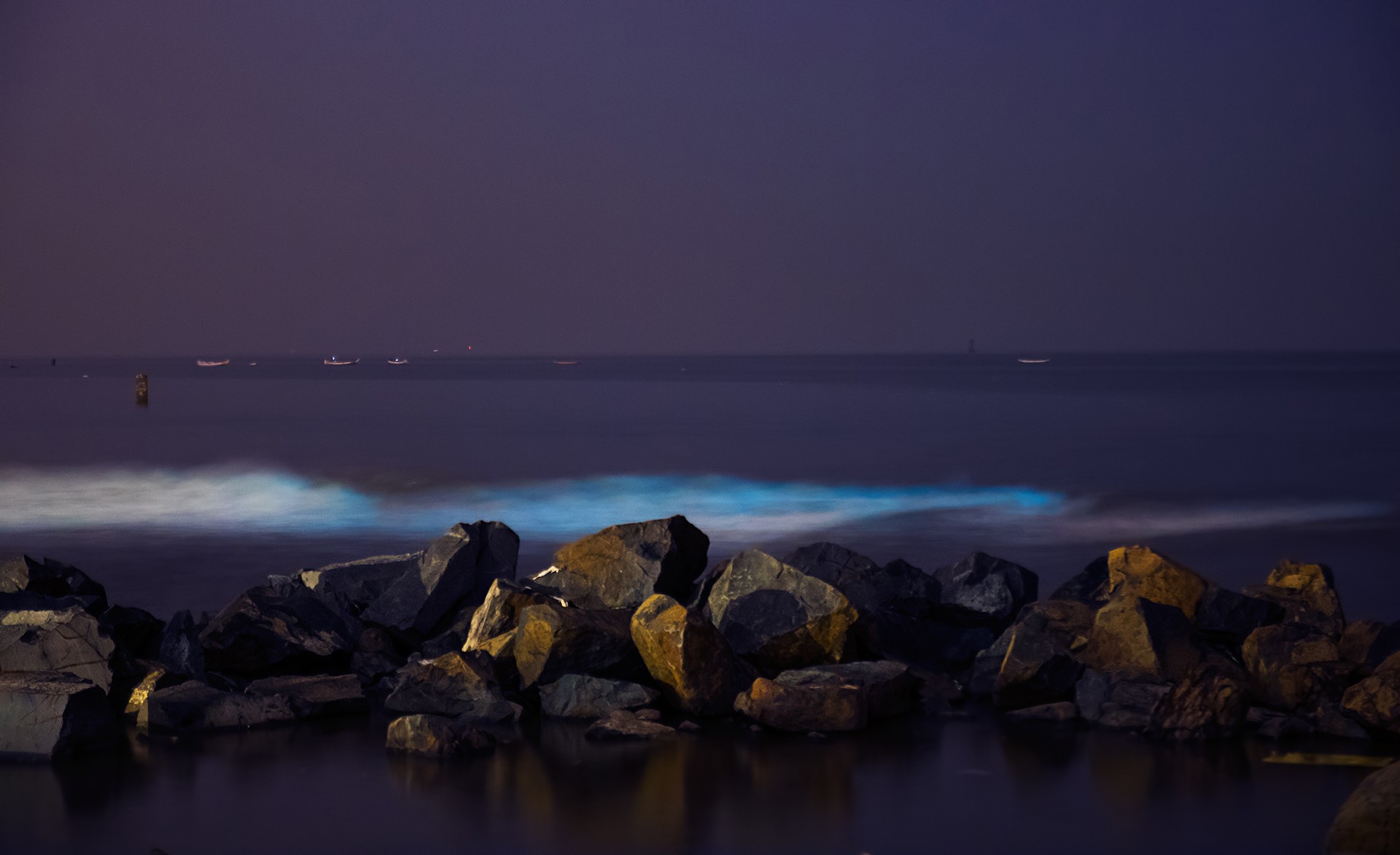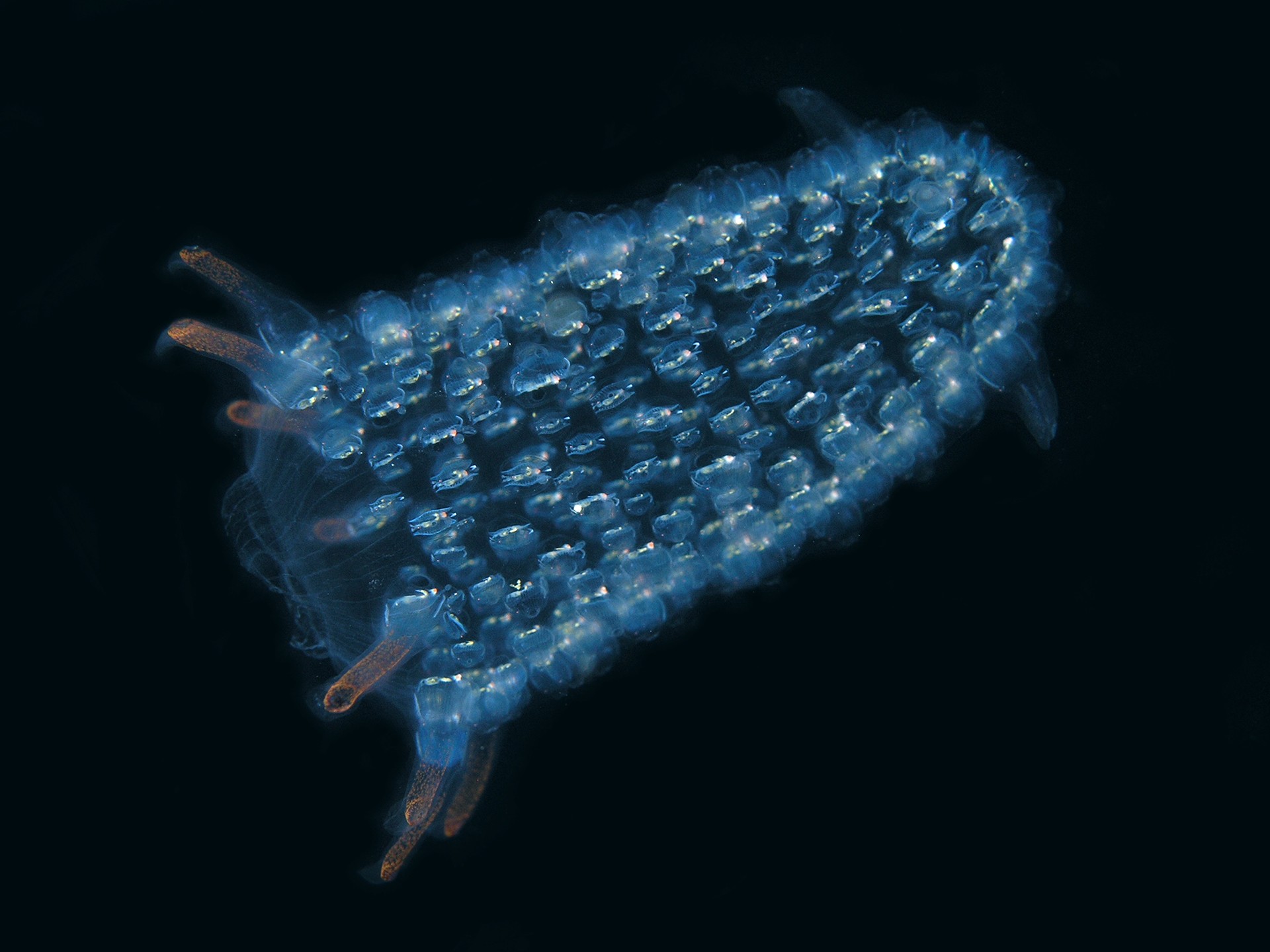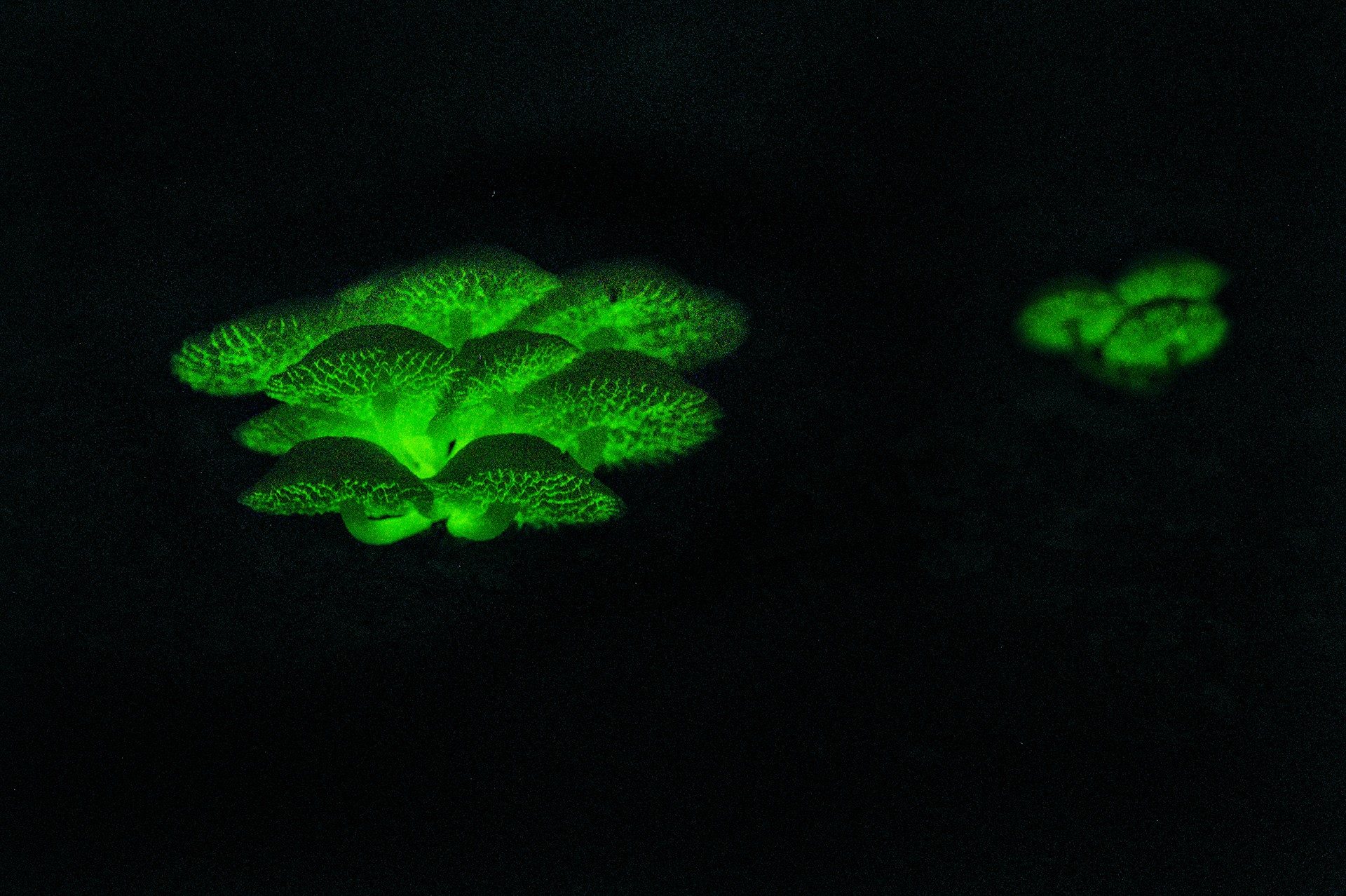This is the sixth story in a series of articles on the Andaman Islands launched by Nature inFocus in an attempt to showcase the natural history of these islands from the unadulterated perspective of its unique biodiversity. Each article from the series is titled with a line from J.R.R. Tolkien's Lord of the Rings poem – “All that is gold does not glitter."
Although I grew up in a coastal city, my childhood was firmly terrestrial. My father, who is an avid naturalist, filled my childhood with bird and butterfly field guides. Our various trips to forests and mountains confirmed this – land was where the magic was at. My undergrad field research and reading added fuel to this (forest) fire. And so, for several years, the ocean remained a blank canvas for me; plain blue that you have to cross to get to interesting places. I crossed one of these to the Andaman Islands, to work on trees, obviously.
It is here at the field station that I had close encounters with scuba divers for the first time. One evening, a few of my new friends were going on a night dive. A couple of us were invited along for the ride – to watch the sunset, to drink some tea on the boat – but they also had snorkels and life jackets if we wanted to swim around. I was keen on staying on the boat and not making a display of my poor swimming skills. So, I watched a blue-orange-pink Andaman sunset and drowned out the voices of strong swimmers who insisted that it was perfectly safe to jump into the water.
Right after sundown, the divers entered the water and descended along the anchor line of the still boat. As they breathed out through their regulators, each bubble wriggled its way up to the surface in a greenish glow! Blurp-blurp...bluuurp… came a litany of shiny greenish orbs in a steady stream. The bubbles were shaking awake tiny bioluminescent dinoflagellates! “NO WAY!!” I forgot my fear and we entered the water, enchanted. With every hand movement, for a few seconds, we left behind a soft greenish halo. A friend dunked into the water and did a little jig. His whole form lit up for a second. It was nothing short of psychedelic! For a whole hour, we laughed and frolicked in the water, in the dark, with thousands of tiny dinoflagellates for company. Pure distilled magic.
Many organisms, both in the sea and on land, can produce light in their bodies. This phenomenon of producing light chemically in living cells is called bioluminescence. This is not uncommon in the natural world if you know where to look – besides the more familiar terrestrial examples of mushroom and fireflies, about 90% of deep sea life is capable of bioluminescence. Among these are bacteria, many kinds of jellyfish, sharks, corals and microscopic invertebrates called dinoflagellates. Sometimes bioluminescent dinoflagellates aggregate in large parts of the ocean causing a phenomenon called milky seas. A gigantic milky sea was discovered near the Somalia coast in 2005 that was larger than 15000km2! And what’s more, these bioluminescent organisms which are individually microscopic, in aggregation produced enough light to be visible even in satellite photos! So how do they do it?
When you get down to the details, there is surprising unity among organisms that luminesce. Most species that luminesce use a reaction between two similar protein families to produce light – a 'luciferin' and a 'luciferase'. In the presence of oxygen, the luciferase enzyme oxidises the protein luciferin. When luciferin then comes back to its original lower energy state, it emits light. This occurs in cycles within a cell to continuously produce light.
The most common organisms that produce bioluminescence in the waters of the Andamans and the larger region are dinoflagellates. These are abundant in the sea, but you can’t see them glow when the water is still. Instead, when the water is disturbed, either by a boat, a swimmer, a diver or even through waves, this friction activates the chemical process within the cell, producing light! Many marine producer species that form the base of the food chain like coral, copepods and dinoflagellates have the gene codes to produce their own luciferin-luciferase pairs, while their grazers and some larger predators garner these molecules by consuming these tiny organisms.
To each its own
Species that luminesce use this power for a variety of reasons. Although most bioluminescence happens at sea, the behaviour is best studied in fireflies, which use it to communicate with potential mates. Different species of male fireflies in flight flash at unique frequencies and pulses, sending a coded message to females on the ground. If they receive a signal from the female, they descend to mate. Some marine species, on the other hand, use it to confuse predators or lure prey, using the light to signal to a different species than within the same species. But the most interesting use is, counterintuitively, as camouflage.
You would think that the last thing a species would want to do to blend into the background is to announce itself with self-produced light. But creatures of the sea have a different threat. Predators swimming below a prey (or vice versa) can see its silhouette starkly against light streaming in from the surface. So, some fish like the lantern fish and cookiecutter shark have bioluminescent bellies so that a predator (or prey) swimming under it can’t tell it apart from the glow of the sea surface.
Dinoflagellates also use bioluminescence to prevent getting eaten, and not just as a favour to hopeless romantics and the tourism industry. Scientists have proposed several hypotheses to explain the reasons for dinoflagellate bioluminescence. Friction caused by a predator moving around and feeding on a few can cause nearby organisms to light up, startling the predator and reducing grazing. It can also function like a “burglar alarm”, attracting the attention of a larger predatory fish, and causing its grazer to leave.
Although the present-day functions of bioluminescence are varied across different families, their shared underlying molecules present an interesting question in evolution. Since it is shared by organisms in several different families, it is highly improbable that the same molecular structure evolved independently in all these diverse organisms. Therefore, it is likely that luciferin is an ancient molecule that was retained through evolution. But why was it retained?
Recent investigations into the evolution of the luciferin-luciferase pair have led to some novel insights. Scientists have discovered that the most common luciferin protein also functions as an anti-oxidant, preventing damage to cells. This key property may have led to preserving of the molecule, the spread of this protein in the animal world and later divergence to the several functions we see today.
Blazing new trails
Captivated by bioluminescence, even bioengineers have started wondering how to incorporate it into creative green solutions for producing light. Experimenters have now successfully isolated the genes for luciferin and luciferase from a marine comb jelly and inserted them into plants. Novelty dinoflagellate nightlights would be cool, but the implications of this technology can potentially be much broader. Innovators have been thinking about using genetically modified trees to replace streetlights! It’s a long road to clean energy, but at least it could be lit by your favourite trees.
A fine monsoon evening at the field station while watching a movie with friends, a thunderstorm started spontaneously, followed by a power outage. “A tree must have fallen on a line somewhere”, we decided. Frustrated at leaving the movie at a critical plot point, we looked out the huge woven mat windows. A firefly appeared at the sill, out of the shadows, flashing its light. As our laptop-dazzled eyes grew accustomed to the dark, we saw dozens of them on the walls, on the roof, each flashing in a rhythm for a while and then going dark. They had been there all along, had we bothered to look.
Reference:
- https://scripps.ucsd.edu/labs/mlatz/bioluminescence/dinoflagellates-and-red-tides/dinoflagellate-bioluminescence/
- https://www.livescience.com/9387-mystery-ocean-glow-confirmed-satellite-photos.html
- https://www.quantamagazine.org/new-clues-about-how-bioluminescence-works-20161201
- https://www.facebook.com/Gleaux.US/videos/light-emitting-plants-part-i-gleauxus/1138073132941715/
- https://www.theverge.com/2014/3/14/5504656/a-natural-glow-these-plants-produce-their-own-light-bioglow-daan-roosegarde
To read the next story in the Andaman series click here.




